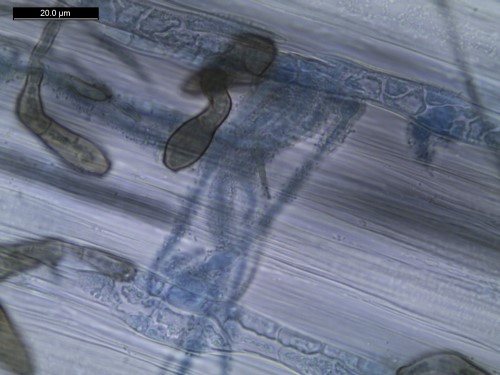How do fungi like myrtle rust successfully invade their plant hosts?

Dr Carl Mesarich from Massey University will study a common fungus that affects apples, to work out how some fungi are so successful at infecting plants. His work will provide new insights into how these types of fungi cause disease, and will create new opportunities for plant disease resistance breeding and pathogen control
Published 2 November 2017

Dr Carl Mesarich
Fungi are a major cause of diseases in plants. They are among the most destructive disease-causing agents in economically-valuable plants worldwide. A notable example is myrtle rust, a recent invader to New Zealand that is threatening our native trees and thriving mānuka honey industry.
Fungi are very successful at invading their hosts, despite plants possessing a wide array of defences against infection. Many disease-causing fungi have the ability to modify their surface biochemistry and structure. This allows them to invade plant tissue and manipulate the plant’s immune system to facilitate colonisation. However, very little is known about the cell surface changes involved, and how these lead to the maintenance of specialised infection structures that can survive in a hostile host environment.
Dr Carl Mesarich from the Institute of Agriculture and Environment at Massey University, Palmerston North, has been awarded a Marsden Fund Fast-Start grant to examine how changes to the fungal cell surface facilitate plant invasion. He will use a common fungus that infects apples (apple scab fungus) as a system to investigate this. He will characterise differences between the structure, cell surface biochemistry, protein composition, and gene expression of different fungal structures formed in cultures, plant host tissue, and cellophane membranes (an artificial host environment). Dr Mesarich will then use this information to identify specific genes that play a role in the differentiation and maintenance of infection-related structures.
This research will provide a framework for understanding infection-related cell surface modifications in other plant-invading fungi. It will offer important new insights into how these organisms cause disease and will open up new opportunities for plant disease-resistance breeding and pathogen control. This important work will help to ensure our horticulture industry continues to thrive.
